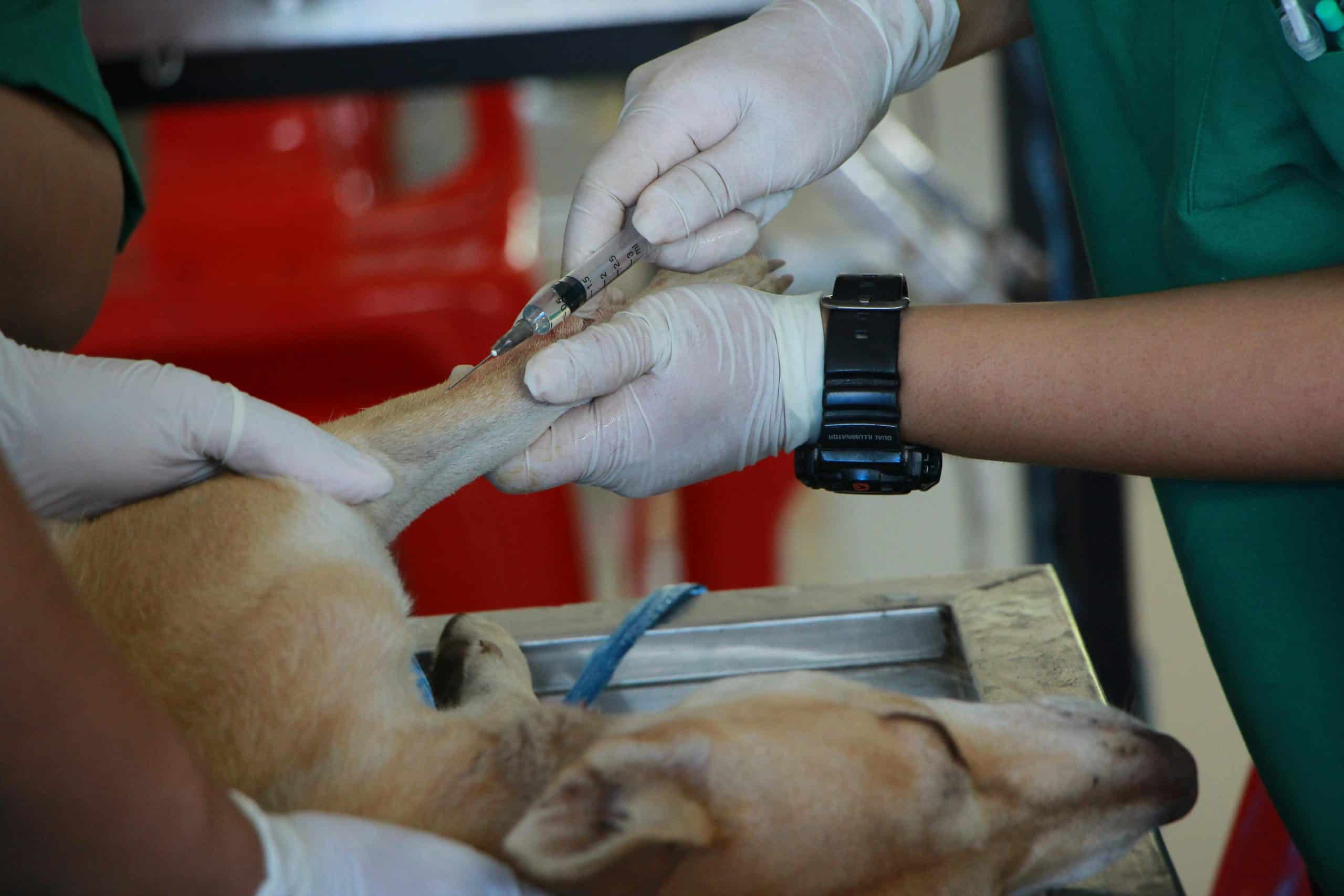How to Create a First Aid Kit Specifically Tailored for Your Pet’s Needs?

As pet owners, our furry friends’ health, safety, and well-being are one of our top priorities. While we want to believe that accidents won’t happen, it’s always best to be prepared. That’s why creating a first aid kit tailored specifically for your pet’s needs is an essential measure to take. This bespoke kit will ensure that, even in the face of unexpected emergencies, you have the necessary supplies on hand.
Identifying Your Pet’s Specific Needs
Before you begin assembling a first aid kit, it’s crucial to identify your pet’s specific needs. These will vary depending on the type of pet you have, their age, size, breed, and any existing medical conditions.
A lire en complément : What Are the Best Tips for Taking Your Pet on Their First Hiking Trip?
For instance, a small breed dog might require different supplies than a large breed dog. Similarly, a kitten might need different items than an elderly cat. If your pet has a chronic illness, such as diabetes or heart disease, you’ll need to include supplies related to their condition.
Start by talking to your vet. They can provide valuable insights into what your pet might need in an emergency. Then, make a list of these requirements so you can refer back to it while you assemble your kit.
A lire en complément : How to Ensure Proper Social Distancing for Your Pet During Community Walks?
Basic Supplies to Include in Your Pet’s First Aid Kit
Once you’ve identified your pet’s specific needs, you can start gathering the basic supplies for your first aid kit. Below are some items that should be included in every pet first aid kit, regardless of your pet’s type, size, or health conditions:
-
Contact Information: Keep a list of important contact numbers, including your vet’s number, the closest emergency vet clinic, and poison control.
-
Basic First Aid Supplies: This includes gauze, non-stick bandages, adhesive tape, cotton balls or swabs, tweezers, scissors, disposable gloves, and a digital thermometer.
-
Pet-Specific Medications: If your pet takes any medications regularly, it’s a good idea to keep a small supply in your first aid kit.
-
Cleaning Supplies: Hydrogen peroxide can be used to clean wounds, but it should not be used to induce vomiting in pets unless directed by a veterinarian. Other useful cleaning supplies include saline solution and antiseptic wipes.
-
Comfort Items: A soft blanket or towel could help to comfort your pet and can also be used to carefully transport them if needed.
Remember, while these are general suggestions, your kit should be tailored to your pet’s specific needs. For example, you might need to include a muzzle if your dog is prone to biting when in pain, or a pill dispenser if your cat needs to take medication.
Assembling Your Pet’s First Aid Kit
Now that you have all the supplies, it’s time to put your pet’s first aid kit together. Start by choosing a durable, waterproof container to hold everything. A tackle box or a large plastic container with a secure lid can work well. Make sure it’s large enough to hold all the supplies without being too bulky to transport or store.
Organize the supplies in a way that makes sense to you. Perhaps you want to group items by their use, or maybe it makes more sense to sort them by the frequency of use. You could even keep the most urgent supplies in a smaller, separate box within the larger container for quick access.
Don’t forget to clearly label your first aid kit. If someone else needs to use it in an emergency, they should be able to identify it quickly.
Keeping your Pet’s First Aid Kit Updated
Once your pet’s first aid kit is assembled, you’re not quite done. It’s essential to regularly check and update your kit. Ensure it’s always stocked, and check the expiration dates on all medications and perishable supplies. Replace any expired items promptly, and consider keeping a checklist of all the kit’s contents to make this process smoother.
Remember, the first aid kit is not a substitute for veterinary care. It’s meant to help you provide immediate, short-term treatment in an emergency, but you should still contact your vet or an emergency clinic as soon as possible in any serious situations.
Educating Yourself on Using Your Pet’s First Aid Kit
Having a well-stocked first aid kit is only part of being prepared. You should also know how to properly use the items in your kit. Your vet can provide some basic training, and there are also pet first aid courses available both online and in-person.
Knowing how to perform basic first aid procedures, like cleaning a wound or performing CPR, can make a critical difference in an emergency. In addition, being familiar with your pet’s normal vital signs (like heart rate and body temperature) can help you better assess their condition in an emergency.
Creating a first aid kit tailored to your pet’s specific needs is a crucial step towards ensuring their safety. By identifying their specific needs, gathering the necessary supplies, and educating yourself on how to use them, you’ll be well-prepared to handle any emergencies that may arise.
Tailoring Your First Aid Kit for Different Types of Pets
While there are certain basic supplies that every pet first aid kit should have, it’s important to remember that different types of pets have unique needs. Your kit should be tailored not just to your pet’s specific health conditions, but to their species and breed as well.
For instance, if you own a dog, you might need to include items like a muzzle or a leash in your kit. Cats, on the other hand, might require a carrier or a pillowcase for safe transportation. If your pet is a bird, you might need a small towel or cloth to handle them safely, or a cage cover to keep them calm.
In the case of small mammals like rabbits or guinea pigs, you might want to include a small, soft carrier, as they can be easily stressed by handling. Reptiles, like snakes or lizards, have very specific needs that should be discussed with a vet.
For all types of pets, remember to include any specific medications or dietary supplements they might need. Tailored kits could also include your pet’s favorite treats or toys, which can be useful in calming them down during a stressful situation.
Conclusion
Your pet’s safety is always a top priority. A well-prepared first aid kit that’s specifically tailored to your pet’s needs can be a lifesaver in an emergency, providing necessary supplies to deal with minor injuries or stabilize your pet until they can receive veterinary care.
However, it’s equally important to keep your kit up-to-date, and know how to properly use each item. Familiarize yourself with basic first aid procedures, and consult your vet for more specific advice. Remember, the first aid kit is not a replacement for professional veterinary care, but a tool to assist you in emergency situations.
By taking the time to create a comprehensive, tailored first aid kit for your pet, you’re showing a commitment to their overall well-being. It’s a small step that can make a big difference in your pet’s health and safety.
